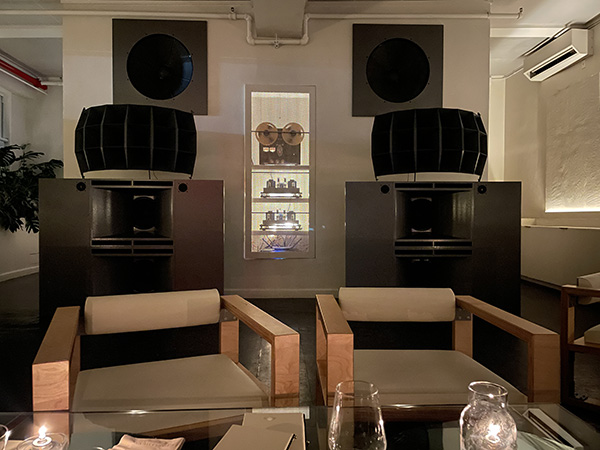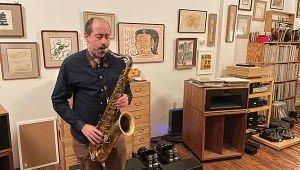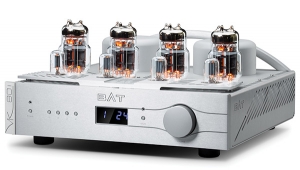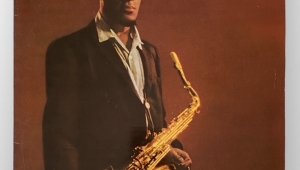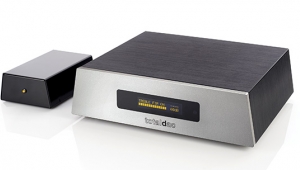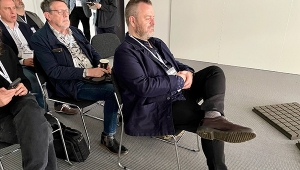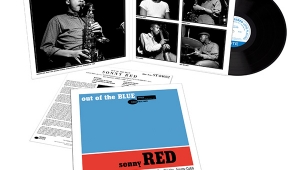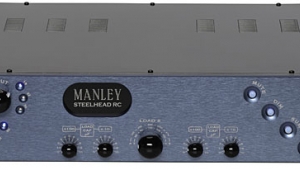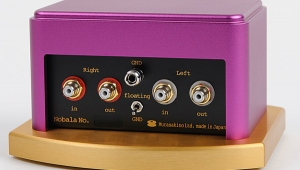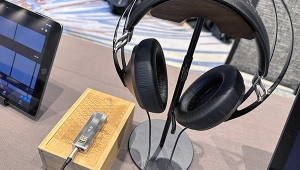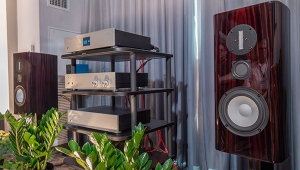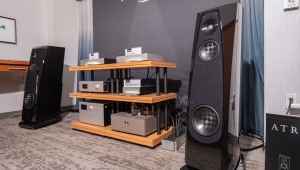| Columns Retired Columns & Blogs |
I also find it difficult to believe that Americans will sit still and that a space could profit from the effort. When I go to NYC, I will typically stop by La Monte Young’s Dream House to listen to the latest auditory challenge. It is a music/religious experience to simply listen and be challenged by the sound. That is not for everybody, but I have never found a soul talking above a hushed tone.


